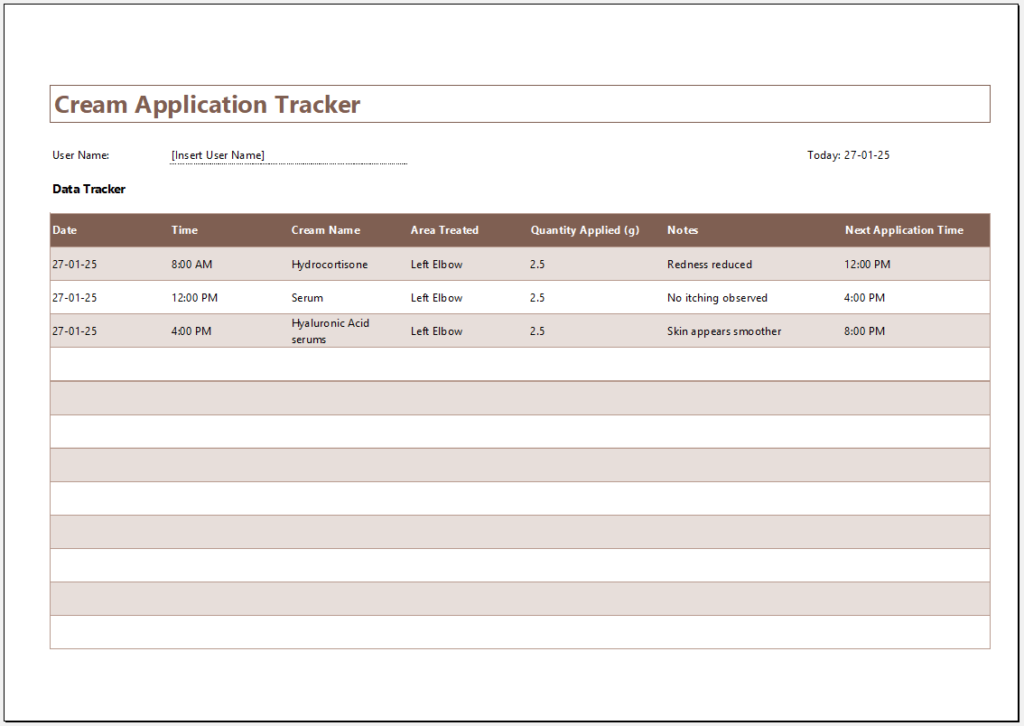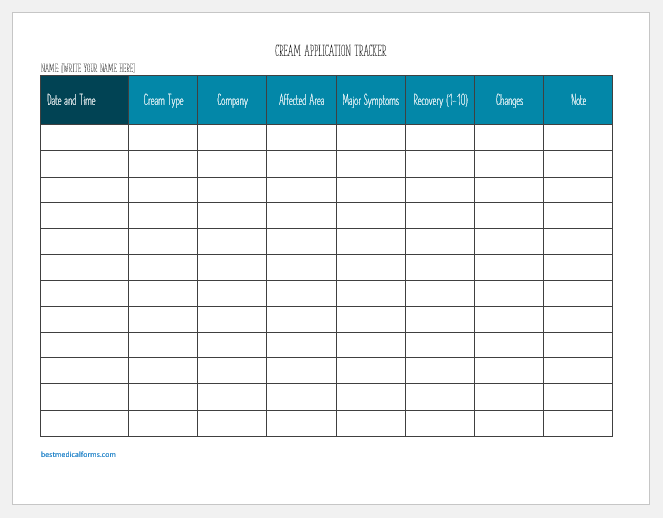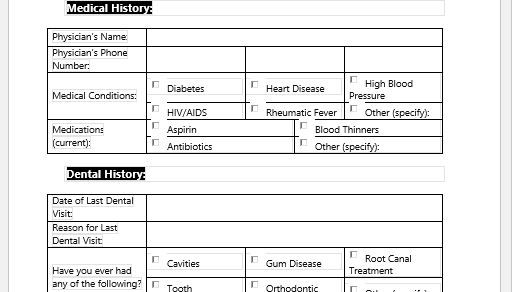Some might be surprised that our skin is the human body’s largest organ. Yes, you heard it right. You might think it’s the liver or some other internal organ. However, the fact is that the skin covers the largest surface area and, hence, the largest organ of the body. Naturally, the medications used for the skin have a wide variety of routes of administration. But here, we will discuss the topically applied medications commonly called creams or ointments.
Another Concept that needs to be cleared here is that topical creams and ointments are not just for dermatological purposes. Many of these ointments are used for the underlying diseases and purposes.
For example, we need local anesthetics in the form of liquids and ointments for local anesthesia. This is especially important for local daycare procedures. A fundamental example of this is an ear or nose piercing. Lignocaine gel is a very famous example. We also give it to the patients of the anal fissure to relieve some pain caused by the fissure. Similarly, local anti-inflammatory and painkiller drugs are used for the relief of pain.
A very famous example is Dicloran in the form of a gel. It is an excellent ointment for a patient who needs to take NSAIDs regularly and is highly concerned about his stomach irritation.
Preview

Why do we need a cream application tracker?
Well, long story short, local creams are prescribed and used by people worldwide, and keeping track of the cream’s application will be necessary. Like any other oral or intravenous drug, it is equal to medication, so it’s equally important to keep track of its administration.
Another important reason for tracking topical ointments is that local creams and ointments take a little longer, mainly if applied to skin appendages like nails. This means the patient needs to use them for weeks and months, keeping patience. However, it also raises and tests the patient’s compliance. The cream application tracker is essential to ensure compliance and track the disease’s progress.
What is inside a cream application tracker?
Well, it is not very different from other medication trackers. One has to mention the name, age, gender, and diagnosis of the patient on each form, regardless of its kind. Similarly, the name of the cream that will be applied is also important. Ideally, one has to mention the generic name of the drug. After this, the concentration and added substances in the ointment are also mentioned.
Next is the frequency of the cream application, which we enter and mark every time the drug is applied locally. This way, we learn a lot about drug administration.

- Diabetes Letter to Employer
- Trackers for Medical Facilities
- Nursing Documentation Templates
- Letters for being Unfit to Travel
- Mental Health Evaluation Forms
- Forms Used by Pediatricians
- Various Forms Related to Pregnancy Verification
- Common Forms Used by ENT Specialists
- Patient Registration Confirmation Messages
- Quotation Letter for Medical Services
- Mental Health Letter by Doctor
- Excuse Letter for Absence due to Medical Checkup
- Response Letter to Feedback on Improvement in Hospital
- Letter to a Mother Who Miscarried
- Patient Feedback Letter Complaining on Issues or Incidents


